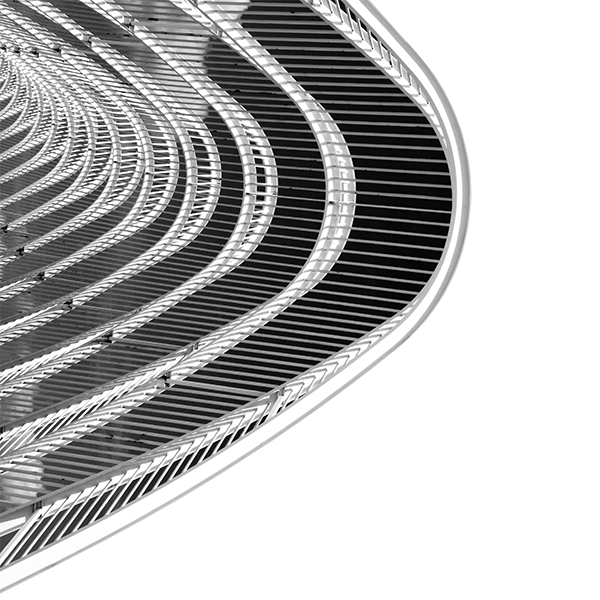ESD

Manufacturers must conduct electrostatic discharge (ESD) testing before they can bring many products to market. Organizations have established standards for consumer electronics, automotive, aerospace, telecommunications, medical devices, and industrial equipment. Engineers prefer contact ESD testing because they can easily control and quantify it. Sometimes it is not an option and that is where non-contact, or air, ESD testing comes in. One can use air ESD testing in situations where you cannot apply contact testing, such as devices with LCDs, charging ports, and non-metallic enclosures. Until recently it had been difficult, if not impossible, to predict the outcome of non-contact ESD testing during the product design stage.
ESD Consulting Services
EMA provides ESD consulting services across all industries. We can work with you during the early stages of product development or while troubleshooting after a product has failed ESD testing.
We have developed an ESD generator in the simulation software Ansys Charge Plus to analyze and predict non-contact ESD. Our non-contact ESD analysis includes using non-linear air chemistry combined with electrodynamics. Benefits of working with EMA include:
- Exposing areas of vulnerability, including secondary ESDs, displacement currents, and field coupling through any seams and apertures
- Predicting coupled voltage and current waveforms at connector pins and PCB nets
- Preventing the over design or under design that might stem from traditional contact ESD testing methods
Simulation reduces costs, saves time and effort, and improves product reliability. We are also able to model and simulate contact ESD events. If you want to learn more click here.
How We Do It
To examine ESD events we first had to create an ESD generator in Charge Plus. Charge Plus is a multiphysics simulation toolbox for charging and discharging physics with application areas in ESD, arcing, semiconductor processing plasmas, and space plasma environments and radiation effects. The first step in creating the ESD generator was to find out how to model it in a 3D, electrodynamic, finite-different time-domain (FDTD) solver. We started with the ESD waveform and a simplified diagram of an ESD generator from IEC Standard IEC 61000-4-2, Figure 1.

We determined that this was possible and developed a circuit model. Using that circuit model, we produced a 3D modeling with lumped circuit parameters. Figure 2 shows both the circuit model and 3D model.

Using those tools combined with a 2 ohms calibration target, we set out to find a waveform compatible with the IEC standard. We were successful with Figure 3 showing the results. The IEC standard waveform, shown by the blue line, compares to the Charge Plus 3D model, depicted in red.

ESD Generator
EMA created two versions of the ESD generator: a full model and a simplified version. The full model considers a full ground plane and full ground strap. The simplified model is smaller in scale in order to run simulations within a reasonable amount of time and to avoid a very large problem space. The team completed the ESD generator model and conducted physical experiments. They fired 10 non-contact ESD shots at the target and compared the results to simulation findings. Figure 4 shows the outcome for the full model and simplified model. The outcomes show that Charge Plus’s air chemistry is working in conjunction with the electrodynamic solver.

Additional Information
Learn more about how EMA’s non-contact ESD simulation works by watching the Solving Electromagnetic Challenges webinar “Simulating Air Electrostatic Discharge Example and Workflow.” The video includes model set up and three examples: an air discharge over an enclosure with PCBs, a secondary ESD, and coupling to cables. You can watch it by clicking here.
Start Now
Contact EMA for consulting and design support to make sure you waste no time passing ESD standards.

